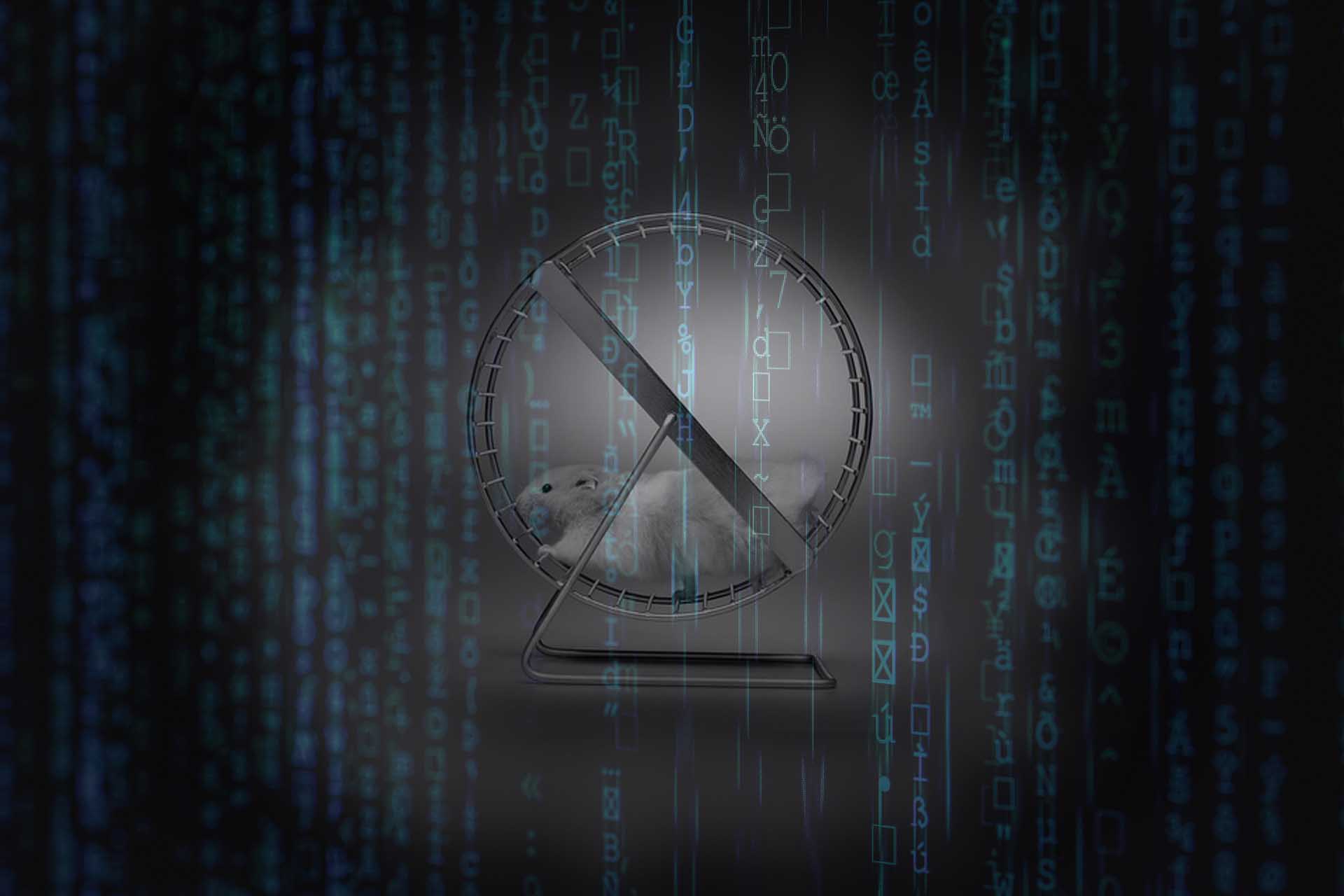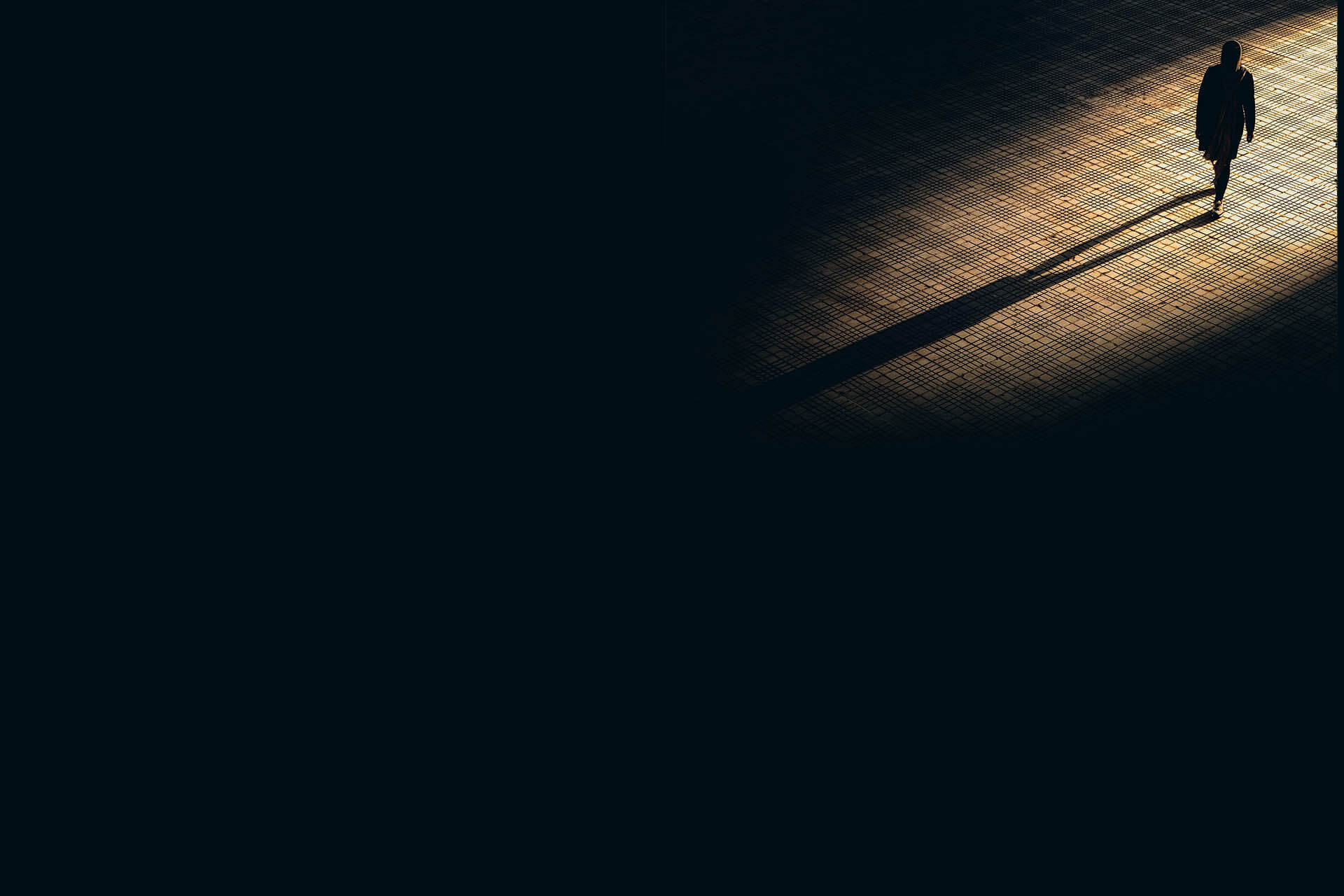Fear and courage – two unequal siblings?
Recently Sonja Tangermann, who I appreciate, wrote about courage here. Now it seems at first glance that courage and fear somehow belong together. And fear is one of my special topics as a fear pilot – especially when fear leads to suffering or significant economic consequences. When it comes to catchwords like digitalisation, agilisation, etc., some employees are overcome by fear.
In the swimming pool of life
It’s easy to see that a jump from, let’s say, a 5m board in a swimming pool takes some courage. And that a somersault without preparation from this tower would generally be more considered as exuberance and a jump into unknown, perhaps cloudy water, as carelessness.
When I’m standing on the diving board and maybe I can’t see the surface of the water properly, it feels like it’s nine meters below me. Besides, I know that I could hurt myself if I immerse into the water unfavourably.
Courage is now the drive for this jump, despite these thoughts – with a little care during the jump. Taking a calculable risk.
What about fear in this picture? The basis of fear is a thought directed towards the future (see Albert Ellis’s ABC model): “Something bad could happen”.
The fact that this thought – perhaps together with a picture or the famous “head cinema” – goes through my head triggers fear in the limbic system of the brain. The problem at that moment is that I believe this thought, although in reality I am standing unharmed on top of the tower. Apart from the fact that it is relatively clear whether this thought of the future is optimistic or pessimistic, in my work I repeatedly ask the question: “Is this thought helpful?
The matter becomes even more complicated when I am in a conflict. When I was a little boy, it seemed like I could only embarrass myself if I hadn’t jumped. My thought: “Everybody will laugh at me, I stand there like a coward”. The feeling for it: Fear – not belonging anymore.
The “Brain Lift”
What I’m trying to get into is a solution. From neurobiology I know that fear – like all other feelings – blocks clear thinking. Gerald Hüther, who can illustrate such connections well, has developed the explanatory model of brain elevation. In the cellar, the brain stem, we make the simplest, most vital decisions, in the upper floor, the prefrontal cortex, the most reasonable ones. Under stress we go downhill. With relaxation up again.
The solution now consists of the three most important pillars on which my work rests: Relaxation, relaxation, relaxation.
Regardless of whether I explain it neurobiologically or simply derive it from my experience: we know that it is not good when we “see red” or when we even find ourselves in a dispute in a state that makes us freeze or aggressive. How often have YOU noticed that you come up with better solutions at a certain time interval or less emotionally than at the moment of confrontation? Interestingly, I often hear similar things about quick-wittedness, which I personally don’t think you need. Neither does fear.
Why it works without fear
When I’m relaxed, it doesn’t matter whether I’m standing on a curb or on the edge of a canyon. The “dizziness” is only caused by stress – up to the “sensory overload” that parachutists report on their first jumps. They can stand at a canyon or in front of the photo wallpaper of a canyon. As soon as you “know” that it is only a photo, the stress is at least clearly lower. I would find it exciting to experience for myself how such a situation feels with “VR or AR glasses”.
This solution actually sounds a bit too banal. It’s possible that resistance is stirring in you. Since we – or our central nervous system – are trained for a correspondingly long time for fear, some exercise is needed as a remedy. We have this mechanism within us that repeatedly sabotages our access to the “here and now” and makes us believe our thoughts. I call it – like my piKVT colleagues – the Troll. He wants to keep us in our old patterns. We can’t get rid of him, but we can make him “friendlier”. I experience again and again how people who suffer from their fear and the restrictions on their lives change in the course of our common work. And how they tell me that they go through life so much easier afterwards.
Changes don’t work without fear? Is that true?
Many are convinced that processes of change – whether in private life or at work – cannot go hand in hand without fear. I ask myself: Is this really true? Seen soberly, this fear is as unhelpful as the fear of falling from the curb into the void. And also irrationally. Surely it is human to hold on to what has been achieved, to a status quo. But why does it need – quite rationally – fear of change? How much more helpful is it to trust – in my environment and my own abilities to develop further? What simply feels much better now? If I don’t know the future for sure, I actually have the freedom to speculate in the positive or the negative. So why not go in a different direction than I’m used to? And – even better for me – how much more helpful is it to direct my attention and appreciation to the momentary state in which “everything is good”.
Personally, another insight that I learned from Buddhists when I was in Zanskar, India, in 2018 helps me: “Nothing is permanent”. The world is constantly changing and we often see “breathing” or cyclical natural phenomena – ebb/tide, day/night, winter/summer and many more. Just as the good and the beautiful are not constantly present according to this pattern – the bad and the unpleasant do not remain for long.
So changes are quite simply part of life.
What are organisations afraid of?
Why can organisations be afraid at all? Isn’t it rather the people?
Maybe you’ve noticed it before in team sports: When a team has a “bad day” – in football, of course – it is recognisable, if not tangible, that the “team spirit” is weakened or disturbed. A team that has played masterfully before suddenly makes unbelievable mistakes in its teamwork. It is no coincidence that mental coaching is also a popular tool for teams.
I observe similar things in organisations. They are complex systems, in which it plays a big role where in the organisation people are influenced by fear. The effects can be considerable.
If, for example, they are hierarchically managed, it is due to the fear of the manager – which, by the way, is much more widespread than many would like to admit – when the fear spreads within the team. Fear also plays a role in self-organised teams and is similar to a football team: the “chemistry” is disturbed. One could say: The team – as an abstract figure – is afraid.
The basis for this is again: stress. So it’s the same mechanisms as with individuals that lead to fear. No wonder, it’s people who make up the team. Accordingly the solution is: Targeted relaxation with proven methods. And then, with a clear head, to look at reality in peace and question it.
Bottom line
From my point of view, fear and courage are two unequal siblings.
Sometimes it takes courage to take the next step. To step beyond the limits of a concern or a fear. To expose oneself. To feel stage fright and to enjoy the excitement as stimulating. Or to take a calculable risk.
Many experience fear as stressful, as blocking and therefore try to avoid the triggers. This can lead them to wait too long to adapt to due changes – sometimes until it seems too late. But even then, there are still ways to turn the Troll into us: Relaxation and a change of perspective.
The same applies to people in organisations. Instead of enduring dissatisfaction at work or the fear of change, e.g. restructuring, digitalisation, change in leadership, and perhaps falling ill over it, it is worth recognising, addressing and dealing with fears as early as possible.
However, the path is no short one and no easy one. There is no shortcut. However, the people who have gone it always report how worthwhile it was to take the new path.
Notes:
Mario Hauff has published more articles here in the t2informatik Blog:

Mario Hauff
Dipl.-Ing. Mario Hauff is the Angslotse. He guides individuals and organisations through difficult phases aggravated by fear and uncovers their potential with them. Like a nautical pilot he goes “on board” until “safe waters” are reached again and imparts self-efficacy and self-empowerment. After 20 years as an electrical engineer for microelectronics in an American company, he now offers individual and group coaching sessions, workshops and keynote lectures on growth in safety with state-of-the-art, scientifically sound findings.
“Why it works without fear”: You may stand at a canyon or in front of the photo wallpaper of a canyon.


